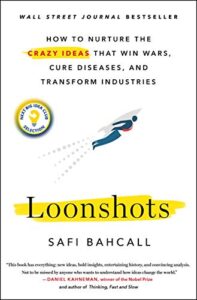In a recent blog, I related the story of discovery about what was causing a client to be “stuck” in his career. It concerned an incident with a boss whose actions had severely impacted the client and his sense of value as a person and a professional.
A number of readers rightly responded that the client’s recognition was a critical first step – but only the beginning of that particular part of his personal journey.
By way of explanation, I had the opportunity recently to speak to another client about a similar situation which had occurred some years before. The client spoke about how recognizing the cause of the pain he had experienced with a boss had made him feel liberated.
I asked what “liberated” meant.
“Over the years, I’ve realized that that particular boss might well have made mistakes and might still be doing so. I almost feel sorry for him.”
“What else?” I asked.
“Well, I’ve long since left the company, but my colleagues back there tell me he hasn’t changed. I’m not sure, but maybe it’s in his DNA.”
“And what has changed for you?”
“My perspective for one thing. I now know that you can’t change how people act, but you can indeed change how you respond and react to them. And you can look at them with a sense of gratitude for what you learned from them. I am not just more resilient after that experience with that particular guy – I am actually stronger as a person and wiser as a servant leader. I have a real awareness that all of my actions as a leader impact the people who work with me far more than I imagined. Being emotionally aware of the “wake” I make is one of the most important pieces of self-awareness for me. And knowing that I can make mistakes and must make amends – that serves me every day.”
Then his voice trailed off and became quieter…. “And there’s something else and it’s the most important thing…”
I leaned forward: “What else?”
“Forgiveness. I am truly liberated when I can forgive someone else. It is an essential part of who I am and a fundamental part of my spiritual beliefs. I can have a spirit of forgiveness in prayer, in meditation, or in times of quiet reflection. Everyone deserves forgiveness, no matter what they have done. Even me.”
After our call, I sat in quiet reflection for longer than I usually do when I finish a session. I realized then that many of us spend considerable time and energy building awareness of what we have done, or what has happened to us. And that can help us stop the covering up of the pain and bad memories.
But the key for me is this: What we then choose to do with that knowledge is a critical part of the “meaning-making” we humans share on this incredible journey called life.
Forgiving others for perceived or actual bad behavior is a gift bigger than any of us realize. It is not part of our nature – it transcends our natural human reactions in a beautiful and poetic way. I saw that in my client. And I hope for each of us who at times has been a “less than good” or even a “bad” boss, that we can seek forgiveness in our own ways as well.
For me, that is the most liberating part of the story.














